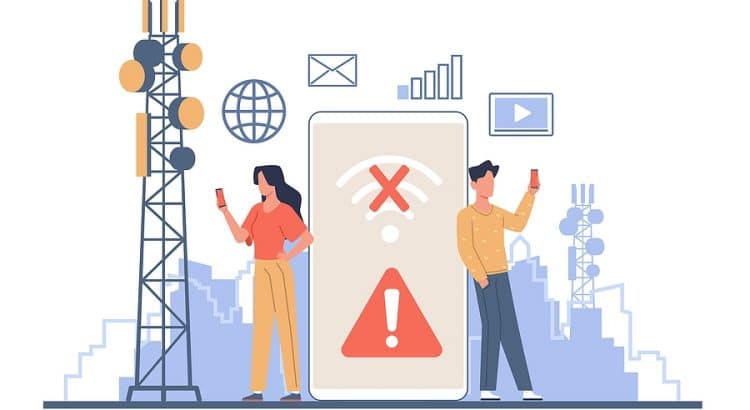I’m not unbiased. I have conflicts of interest. Throughout Coverage Critic’s history, I’ve tried to be transparent and let my audience make their own judgments about whether I should be trusted.
Old Approach
Previously, my transparency page usually listed both:
- Names of companies I had financial relationships with
- Details about the terms of those financial relationships
Here’s how I once described the relationship I had with the wireless carrier Ting:
Initially, Coverage Critic’s financial relationships with cell phone services all followed standard payment structures that were matters of public knowledge. For example, Ting ran an affiliate program that offered the same $25 per line rate to other website owners.
When I started Coverage Critic, it made sense for me to participate in carriers’ standard arrangements. From the perspective of cell carriers, my audience was too small to justify the time or effort involved in individualized negotiations.
New Approach
With Coverage Critic growing in popularity and influence, I’ve reached the scale where I can sometimes negotiate my own arrangements rather than taking whatever standard deal a company offers.
I’m hoping to preserve my editorial integrity without sacrificing too much of Coverage Critic’s revenue. My new approach isn’t perfect, but I think it strikes a good balance.
Here’s the gist:
- Any company is eligible for exposure on my website. Financial relationships aren’t required.
- Outbound links directing to companies’ websites are mostly reserved for carriers offering me financial terms that I deem adequate.1
- Companies lacking financial relationships will be named, discussed, recommended, etc., but my visitors will have to navigate manually to these companies’ websites.
Over the next year, I anticipate I’ll opt out of some companies’ standard programs that I currently participate in. In some cases, that’ll lead to me forming new agreements with better terms. In other cases, I expect I’ll be unable to form new agreements. That’s fine too.
New Transparency Page
Sharing the details of arrangements I negotiate isn’t as easy as sharing the details of standard arrangements that are already public knowledge. Both the companies Coverage Critic partners with and I have strategic interests in keeping the details of our financial arrangements private.
On my new transparency page, I no longer list details about the commission rates companies pay me. I simply list which companies I have financial relationships with and which I don’t.
I considered continuing to publicize commission rates I receive whenever I take a standard deal that’s already a matter of public knowledge. However, I worry that would create an illusion of transparency rather than genuine transparency.
In a sense, the custom arrangements I negotiate (and want to withhold details about) are the most interesting. That said, I’m not trying to hide the rates in the standard deals. You can see an archived copy of the old, more detailed transparency page here.
Reflections
I took a stance of extreme transparency when taking that position was costless. It’s not lost on me that I’m pivoting to a less transparent approach at the same time that Coverage Critic reached a scale where reduced transparency could benefit me.

